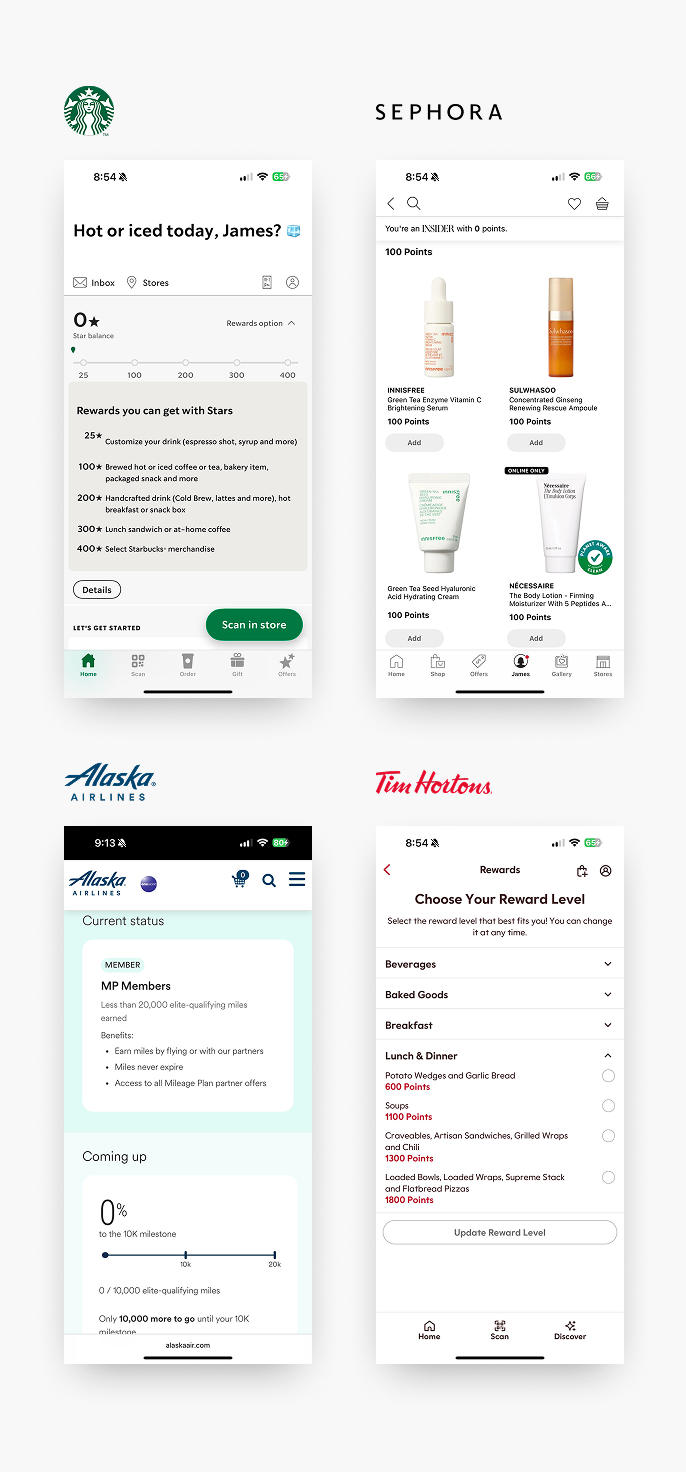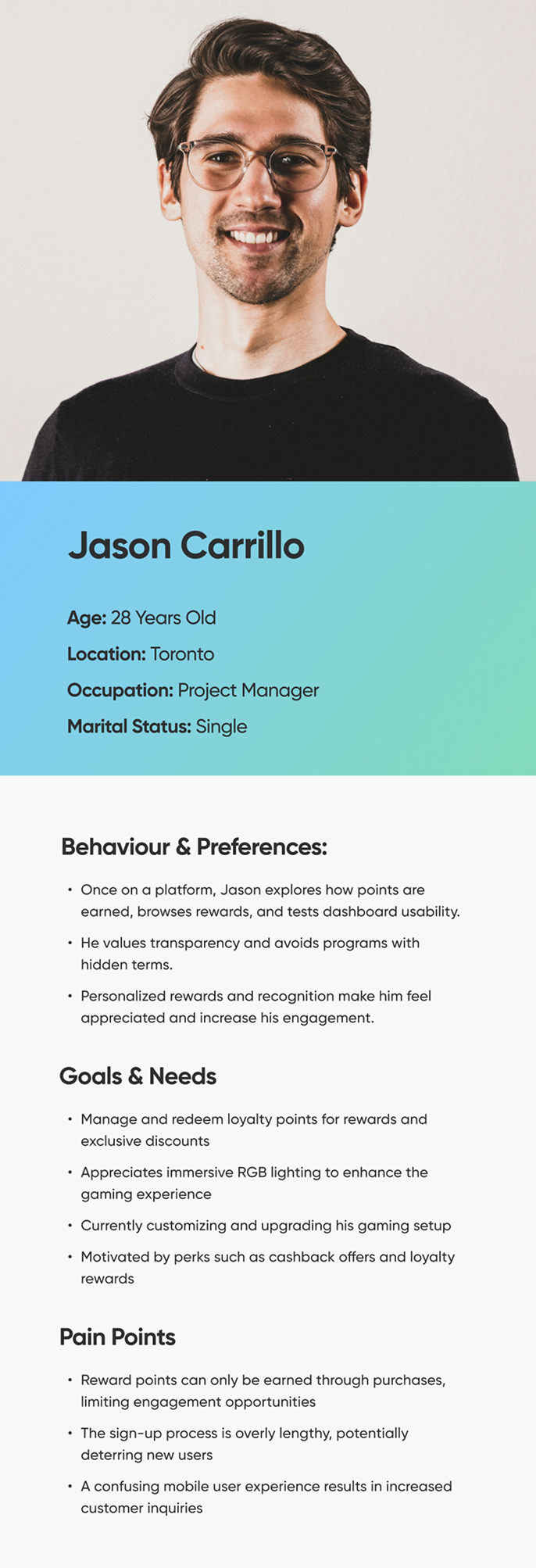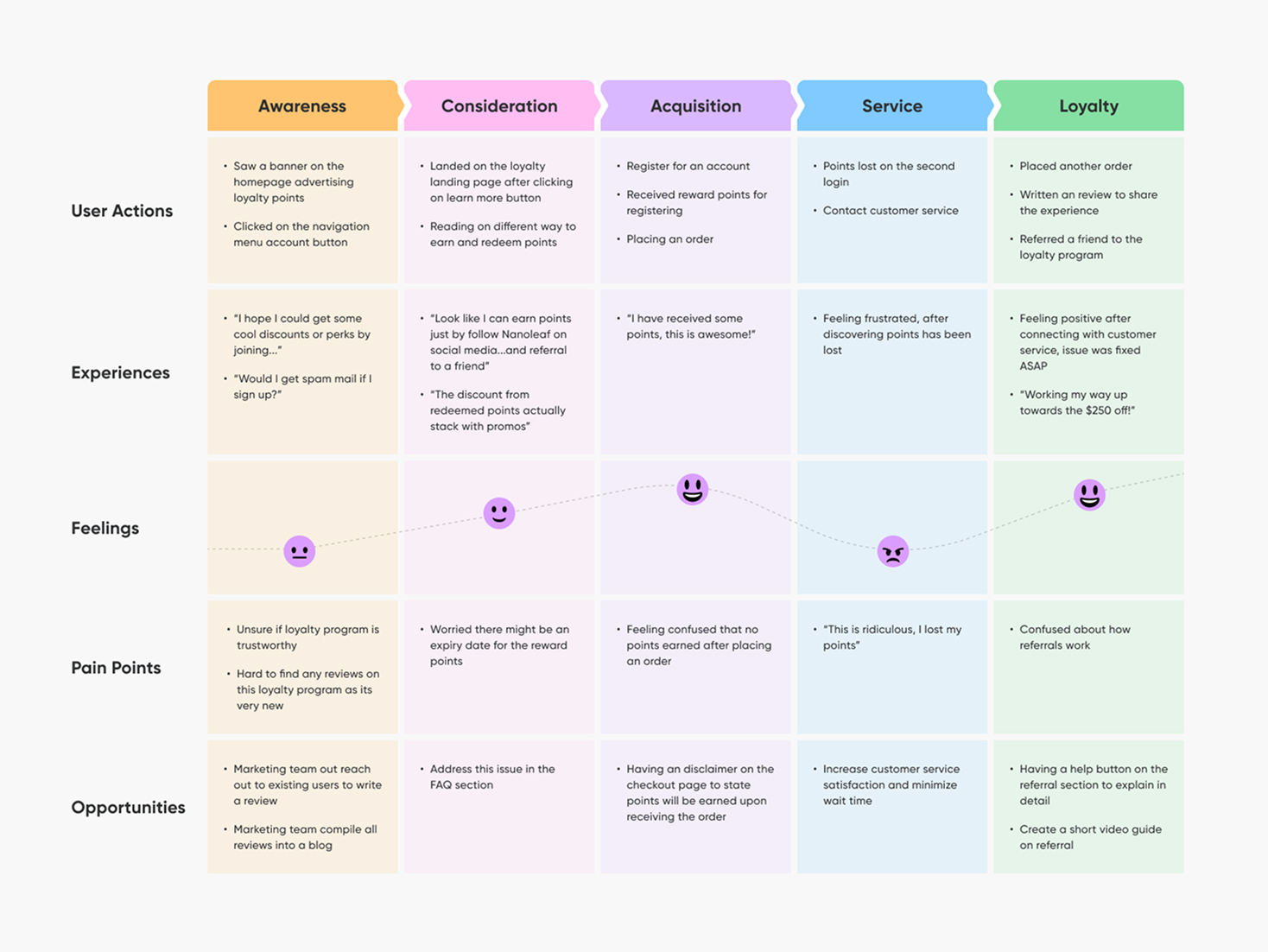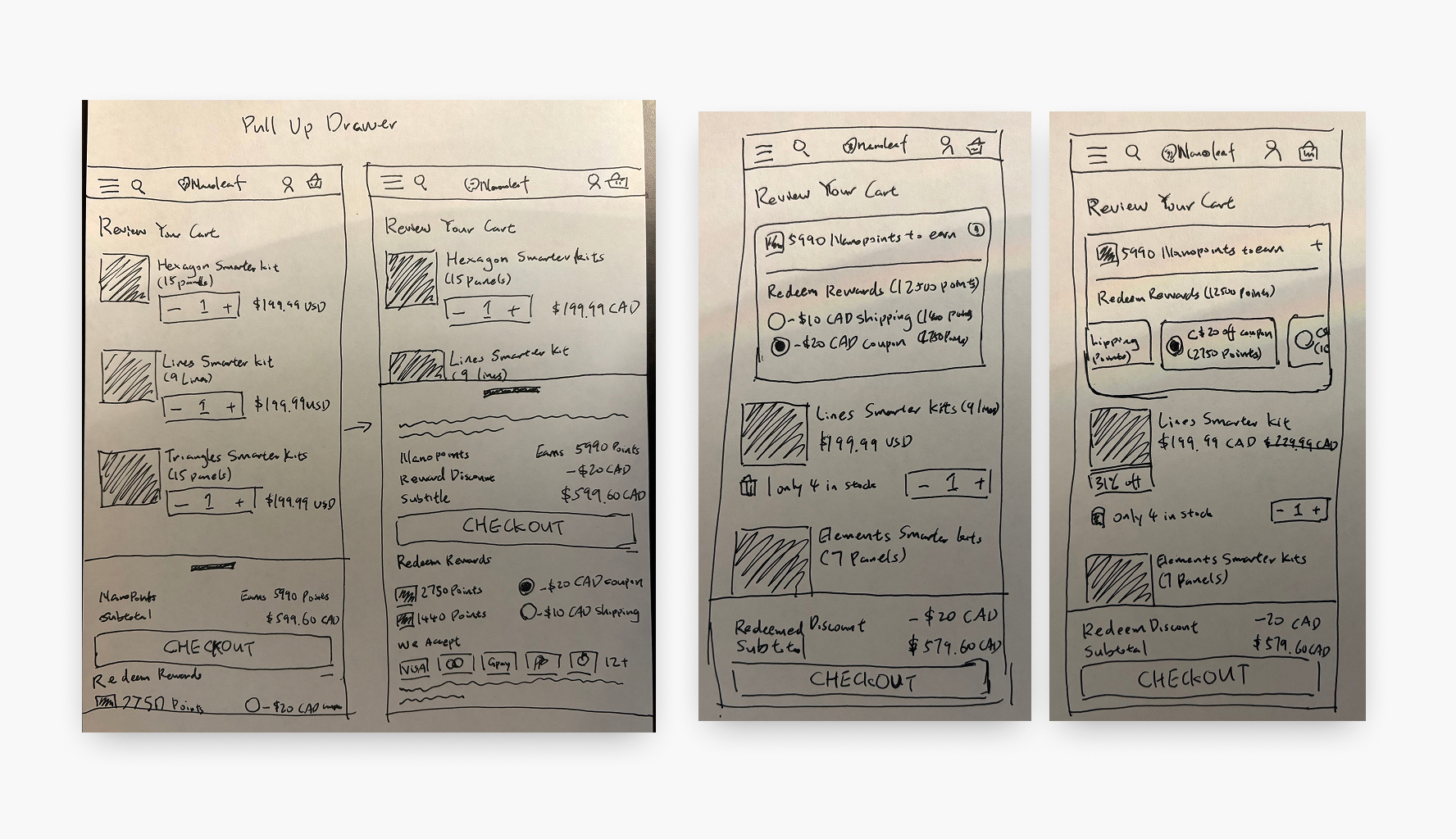This project involves the design and implementation of a customer loyalty system aimed at increasing user retention and repeat purchase rates. The system allows customers to earn points with each transaction, which can later be redeemed for discounts on future purchases. Key components of the project include:
- A user-friendly account dashboard
- A secure account login system
- Integration of point collection on the checkout page




